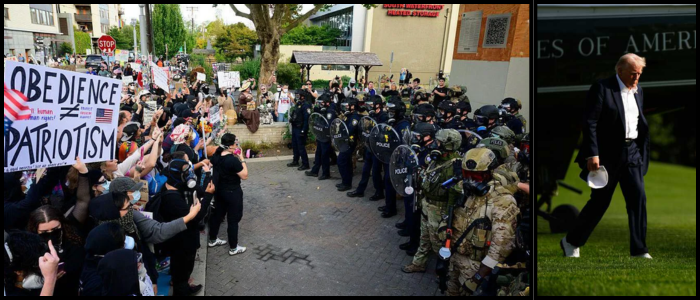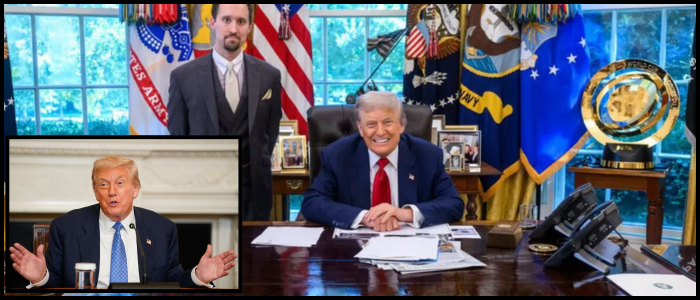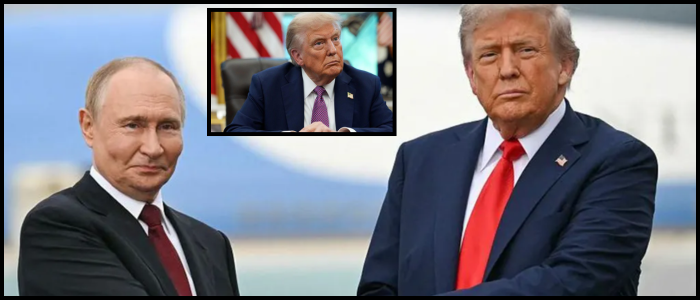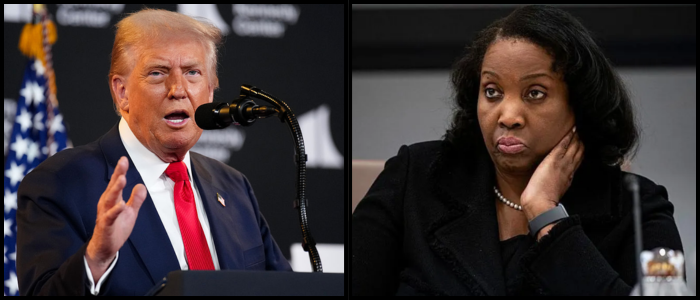In a Truth Social post, Trump said, "India is buying massive amounts of Russian Oil — you never heard of sanctions by the weak and incomprehensible Sanctions Bill? That's why, he said, he will raise tariffs on a number of Indian imports entering the United States.
"As a result, I will be responding: This is referred to in India as an 'own goal!'"Because of this, I am increasing the Tariff on US markets from India," he wrote, without providing any new percentage — only that it would be "much higher.
At present, Indian goods are hit by a minimum 10 percent tariff, but last week Trump threatened to ratchet them up to at least 25 percent, with the new rate potentially going into effect as soon as this week.
He indicated this final rate could be even higher at the time of India if trade with Russia on oil is ongoing.
India Pushes Back
The decision was met with strong criticism from India, which complained of being unfairly targeted by the United States and the European Union.
The same conflict triggered global market shifts that made it necessary for India to diversify its energy suppliers, the Indian Ministry of External Affairs said in defense of the country continuing its oil imports from Russia.
"On the contrary, they are an absolute necessity forced by the global market condition," according to a ministry statement posted on social media by spokesperson Randhir Jaiswal.
India argued that the U.S. and EU trade with Russia across multiple sectors continues, and it is unjustified and unreasonable to single out India.
Finally, the statement concluded by saying that: "India, as a major global economy, will take all necessary measures to safeguard its national interest and economic security.
Economic and Diplomatic Ramifications
Higher costs for the goods — which U.S. President Donald Trump refers to as tariffs but are technically paid by U.S. importers — typically translate into reduced demand for foreign products.
Indian has been one of the worst-affected exporting countries due to American buyers either exploring other options or moving to their homegrown alternatives.
Analyst warn that the tariff threat could hurt sectors such as textiles, pharmaceuticals, and engineering goods — all of which are major exporters to the U.S.
It would also disrupt delicate diplomatic relations between the world's two largest democracies that were only back on track tentatively after a period of Sri Lanka playing off India against China, and at a time when both are trying to build stronger ties in Asia to balance against China.
Broader Pressure Campaign on Russia
The move is part of a broader push by Trump to get his Russian counterpart, Vladimir Putin, to agree to an end to fighting in Ukraine, with Trump last week moving up his own deadline for ending the war.
Another reason for any tariff increases is to persuade other countries to cease doing business with Russia — in particular, on the energy side, where Russian gas and oil find steady buyers despite sanctions.
Currently, India has signaled that its energy policy is to provide affordable and accessible energy sources that are simply inaccessible in many parts of the world.
That promise is now in peril thanks to the U.S. President, though it remains to be seen if Trump will follow through — and if he does, what form India's retaliation might take.
Politics
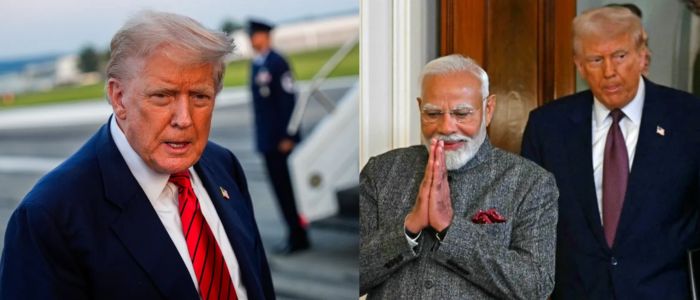
Trump Threatens Higher Tariffs on India Over Russian Oil

President Donald Trump on Monday said he intends to increase tariffs against India "very substantially" following New Delhi's decision to continue purchasing oil from Russia — a move that could escalate tensions between the United States and one of South Asia's most prominent powers.











